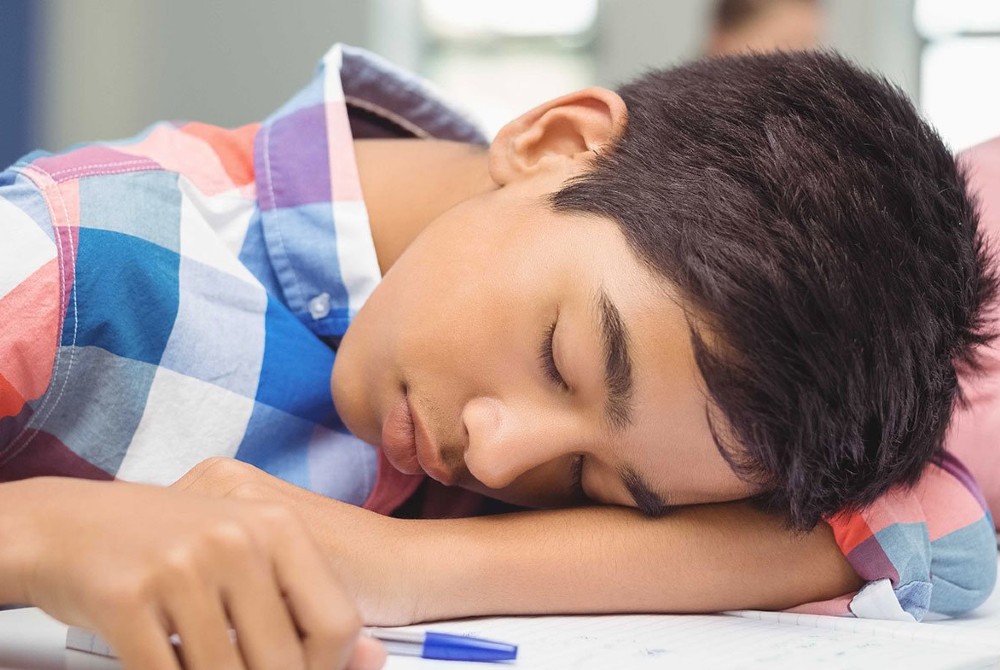
NFHS Voice: We Must Act on Vaping
September 13, 2019
By Karissa Niehoff
NFHS Executive Director
The issue of vaping has reached a crisis stage across the United States, and leaders in our nation’s schools must take immediate steps to stop the use of these electronic cigarette products by our nation’s youth – particularly the more than 12 million participants in high school athletics and performing arts programs.
On Tuesday, CBS News reported that Kansas health officials confirmed the first death in that state linked to vaping. The CBS News release stated that last week, officials in Indiana, California and Minnesota reported deaths in their states linked to vaping. Previous deaths had been reported in Illinois and Oregon.
Also this week, The Associated Press reported that public health officials confirmed two people in Idaho had developed a serious lung disease linked to vaping. The outbreak of vaping-related lung disease has sickened about 450 people in at least 33 states, according to the Centers for Disease Control and Prevention (CDC), causing the CDC to urge people to consider stopping vaping as the number of cases of severe lung illnesses continues to rise.
In February 2019, the CDC reported a 78-percent increase in high school students vaping from 2017 to 2018. Youth e-cigarette use has been called an epidemic by major public health officials.
Students in our nation’s schools have been sold a false bill of goods that vaping is a safe alternative to cigarette smoking – particularly by industry giant JUUL, which held a 76-percent share of the e-cigarette market at the end of 2018 and has wooed the youth market with its products that contain flavors such as cotton candy, chocolate, gummy bear, strawberry and many others.
While the U.S. Food and Drug Administration (FDA) is giving e-cigarette companies until sometime next year to demonstrate that their products can help people stop smoking cigarettes, leaders in our nation’s school activities programs must do everything possible to stop the use of these products by our nation’s youth now – not in 2020.
One educational tool that schools can use immediately is the online course “Understanding Vaping and E-Cigarettes” created by the NFHS with support from the Office of the U.S. Surgeon General. The free course is available on the NFHS Learning Center at www.NFHSLearn.com.
Several articles related to vaping will appear in the September issue of High School Today, which will be posted on the NFHS website.
Dr. Karissa L. Niehoff is beginning her second year as executive director of the National Federation of State High School Associations (NFHS) in Indianapolis, Indiana. She is the first female to head the national leadership organization for high school athletics and performing arts activities and the sixth full-time executive director of the NFHS, which celebrated its 100th year of service during the 2018-19 school year. She previously was executive director of the Connecticut Association of Schools-Connecticut Interscholastic Athletic Conference for seven years.

Is Your Teen Sleep-Deprived?
March 2, 2021
Many teens tend to stay up late. They’re on social media, watching television or YouTube, studying, or just tossing and turning for hours unable to fall asleep. Sleep can also be disrupted during stressful times during adolescence like exams or relationship problems.
More than two-thirds of high school students in the U.S. are failing to get sufficient sleep on school nights, according to a recent study from the Centers for Disease Control and Prevention (CDC).
“The American Academy of Sleep Medicine (AASM) recommends that teens should sleep eight to 10 hours per night on a regular basis to promote optimal health,” explains Virginia Skiba, M.D., a sleep specialist with the Henry Ford Health System. Insufficient sleep can have a negative impact on their grades, athletic performance and mental and physical well-being, including depression and anxiety issues and drug and alcohol use.
It’s a safety issue, as well. Motor vehicle crashes are a leading cause of teen deaths in the U.S. In a recent survey, more than half of teens admitted to having driven when feeling too tired and nearly one in 10 teens reported having fallen asleep at the wheel.
A typical high school student is biologically wired to fall asleep around 11 p.m. Many high schools in Michigan start school as early as 7 a.m. – long before a teen’s natural wake time. The AASM advocates a later middle school and high school start time of 8:30 a.m. or later.
Tips for a Good Night’s Sleep
Teenagers’ sleep-wake cycles are biologically determined – they are programmed to stay up late at night and sleep later in the morning. Most teens are instinctively night owls. Falling asleep is often a challenge, but there are things teens can do that may help them get a good night’s sleep.
Here are some tips from Dr. Skiba, which apply not only to teens but are great advice for anyone who is struggling with feeling sleep deprived:
► First and foremost, make sleep a priority. In our busy society, too often making time for sleep is last on the list.
► Maintain a consistent bedtime and wake time that allows at least eight hours of nightly sleep, including on weekends and vacation.
► Keep the bedroom quiet and dark. Keep the TV, computer, phone and video game system out of the bedroom.
► Set a technology curfew; turn off all devices one hour before bedtime.
► Engage in quiet activities before bed, like reading, journaling or yoga, and establish a relaxing bedtime ritual.
Dr. Virginia Skiba is a sleep medicine expert who sees patients at Henry Ford Medical Centers in Grosse Pointe and Sterling Heights.
If your teen is struggling with sleep issues, talk to your pediatrician or family doctor to find out if he or she could benefit from a sleep evaluation. Call 1-800-HENRYFORD (436-7936) or visit henryford.com to learn more.
Visit henryford.com/sports or call (313) 972-4216.


